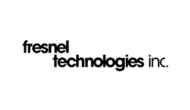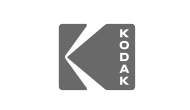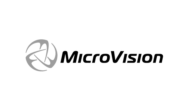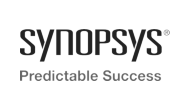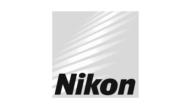The Wolfram Solution for Optics
Optimize systems of symbolically defined lenses and mirrors, test optical components with built-in image processing or data analysis functions and calculate complex ray-tracing models.
The Wolfram optics solution integrates these capabilities with built-in special functions, advanced differential equation solvers and the most automated and reliable computation, development and deployment environment available.
- The Wolfram Edge
- How Wolfram Compares
- Key Capabilities
Wolfram technologies include thousands of built-in functions and curated data on many topics that let you:
- Quickly simulate behavior of lenses, mirrors and other optical components
- Design solar concentrators, lasers, camera lenses and more
- Animate graphics to see how results change while adjusting optical components
- Create interactive interfaces for designing optical systems or performing analyses
- Design, test and interact with light scattering instruments
- Use high-powered mathematics to optimize designs, reducing research time and expense
- Perform optical modeling for microlithography or optimize microscopy instrumentation
- Visualize interferograms to test mirrors and lenses
- Optimize pulse formation and control in new laser designs
- Develop new imaging techniques for research in a variety of scientific or medical fields
In addition, the application package Optica offers a ray-tracing engine and a searchable component database of more than 6,800 commercial optical parts, all fully integrated.
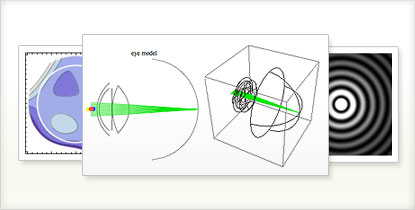
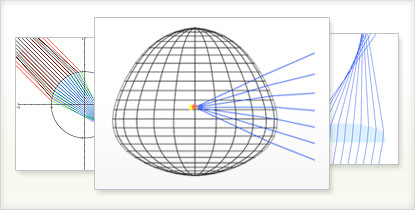
Does your current tool set have these advantages?
-
Create interactive tools for designing optical systems, curve fitting or data analysis that provide visual feedback to make debugging and testing innovative instrumentation easier
Code V and Zemax do not offer custom interactive tools -
Get accurate results in optical model calculations with fully automated precision control and arbitrary-precision arithmetic
Matlab and other systems relying on machine arithmetic can show critical errors due to numerical accuracy failure -
Rapidly prototype new algorithms more quickly than in other software by choosing from procedural, functional and rule-based programming paradigms as desired
Code V and Zemax use a procedural language -
Import or acquire data, analyze it and deliver results in one document instead of across several applications
Unique to Wolfram technologies -
Highly optimized superfunctions analyze your equations and automatically select the right algorithms to get accurate results quickly—sometimes switching mid-calculation for further optimization
Other computation systems make you analyze your equations manually to determine which function to apply—for example, where in the Wolfram Language you use NDSolve, in Matlab you must correctly choose among ode45, ode23, ode113, ode15s, bvp4c, pdepe and so on or risk wrong answers
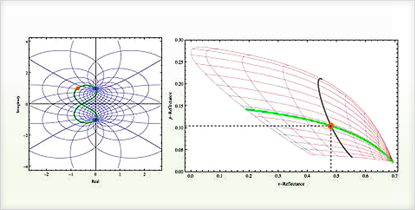
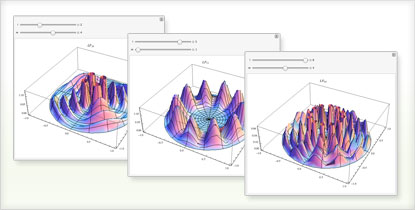
Optics specific capabilities:
- Both numeric and symbolic computations for accurately calculating reusable models or determining aberrations
- Perform optical calculations from point spread functions to full theories of microscopes with calculus and differential equation solving capabilities »
- Built-in optical special functions including Fresnel integrals, Zernike polynomials and Bessel functions »
- Automated precision control with specified input or output precision to automatically adjust computations to maintain or achieve precise results
- Advanced statistical and curve fitting functions for analyzing data »
- Functions for automatically computing probabilities and expectations of any event, allowing quick calculations for many problems
- Perform convolutions and correlations on numerical data to deblur and denoise images »
- Use image processing and filtering functions to model the effects of diffraction, perform deconvolutions and more, using built-in functions and your own custom algorithms »
- 2D and 3D graphing capabilities for standard optical plots, including scatter, density and contour plots »
- Access curated scientific data from Wolfram|Alpha, immediately ready for analysis, interactively or programmatically »
- Powerful programming language and built-in parallel computing for developing new analysis algorithms or solving complicated ray-tracing problems
- Integration with C/C++, Python, Java, .NET, databases and other applications »
- Sequential and nonsequential ray-tracing, symbolic optical functions and optimization of three-dimensional optical systems, plus access to a database of optical materials and commercial parts and components with Optica

Chief Optical Scientist, Optica Software
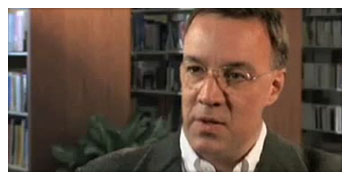
Development, Scattering Solutions, Inc.
Consulting Solutions
Enlist the world’s computation experts to help with your project—any size, any level. At Wolfram, we know what’s possible with computational technology because we are global leaders in creating it. That gives us an unprecedented depth of expertise in applying it to consulting work in a variety of fields. Whether individual or enterprise, from concept to deployment, our computation experts can help you achieve robust results with less time and effort. Get us started with your project today



